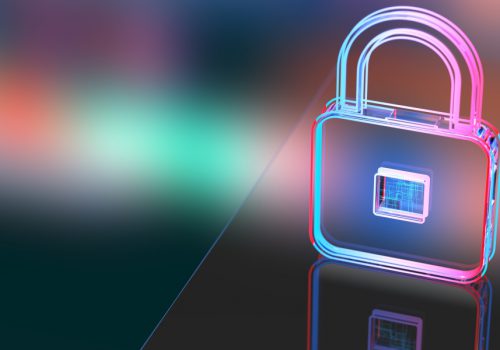In an age where technology seamlessly intertwines with our daily lives, the concept of a “smart home” has evolved from a futuristic vision to a tangible reality. The advent of the Internet of Things (IoT) has ushered in a new era of connected living, where our homes are no longer static structures but dynamic environments that respond and adapt to our needs. It is a transformative journey that goes beyond the mere integration of gadgets; it is about redefining the way we interact with our living spaces.
This article serves as a comprehensive exploration of building intelligent homes that leverage the power of IoT technologies. As we delve into this realm of possibilities, it becomes evident that a smart home is more than a collection of devices; it is a harmonious ecosystem where technology orchestrates seamless interactions, fostering an environment that is not just responsive but anticipatory.
The allure of a smart home lies in its ability to make our lives more efficient, comfortable, and secure. Imagine waking up to a house that adjusts the thermostat to your preferred temperature, brews your coffee to perfection, and updates you on the day’s weather—all before you step out of bed. Picture a home that learns your habits, adapts to your preferences, and anticipates your needs, creating an atmosphere tailored to your lifestyle.
In this guide, we will walk you through the process of setting up and connecting IoT devices in your home while emphasizing crucial security measures to ensure a safe and protected IoT ecosystem.

Step 1: Assess Your Smart Home Needs
Before diving into the world of IoT devices, identify your specific needs and preferences. Consider areas such as home security, energy efficiency, and convenience. Whether it is smart lighting, thermostats, cameras, or voice-activated assistants, understanding your requirements will guide your IoT device selection.
Step 2: Choose Compatible IoT Devices
Selecting devices that seamlessly communicate with each other is essential for a cohesive smart home experience. Look for devices that support common communication protocols like Zigbee or Z-Wave. Opting for devices that work with established smart home platforms such as Amazon Alexa or Google Assistant can enhance compatibility.
Step 3: Establish a Secure Network
A secure and robust network is the foundation of a safe IoT environment. Change default passwords on your Wi- Fi router and IoT devices to unique, strong passwords. Enable WPA3 encryption for your Wi-Fi network and regularly update firmware to patch vulnerabilities and enhance security.
Step 4: Create Segmented Networks
Isolate your IoT devices on a separate network from personal and sensitive devices such as computers and smartphones. This segmentation prevents potential breaches from spreading to critical areas of your network. Most modern routers support VLANs (Virtual Local Area Networks) for this purpose.
Step 5: Enable Two-Factor Authentication (2FA)
Wherever possible, enable two-factor authentication for your IoT device accounts. This additional layer of security ensures that even if a password is compromised, unauthorized access remains thwarted.
Step 6: Regularly Update IoT Device Firmware
Manufacturers often release firmware updates to address security vulnerabilities and enhance performance. Regularly check for updates and apply them promptly to keep your devices resilient against potential threats.

Step 7: Monitor Network Traffic
Utilize network monitoring tools to keep an eye on the traffic generated by your IoT devices. Unusual or suspicious activity may indicate a security issue, and early detection is key to mitigating potential risks.
Step 8: Secure Physical Access
Physical security is as vital as digital security. Ensure that physical access to your IoT devices, especially cameras and smart locks, is restricted to authorized individuals.
Step 9: Educate Household Members on Security Best Practices
Educate everyone in your household about the importance of IoT security. Emphasize the need to update passwords regularly, recognize phishing attempts, and report any unusual device behavior.
Conclusion: Building a Safe and Smart Future
By following this practical guide, you will be well on your way to creating a smart home that not only meets your needs but also prioritizes security. The convenience and efficiency that IoT devices bring to your living space should be complemented by a commitment to maintaining a safe and protected environment. Embrace the era of smart living while ensuring that your home is shielded from potential digital threats.









